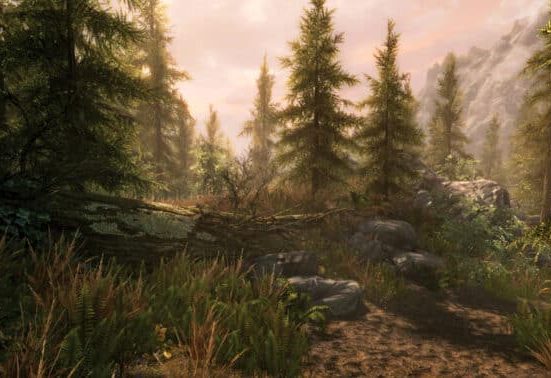The Hubble Space Telescope has been offline for the past few weeks, but NASA says the iconic observatory will be back doing science later this month. However, it will do so with a single gyroscope. NASA confirms that Hubble will switch to gyroscope mode due to the telescope ongoing problems with old hardware. NASA isn't ready to talk about possible servicing plans for Hubble, but the team seems to believe there's time. Current estimates say Hubble has about 10 good years left.
NASA Astrophysics Director Mark Clampin and Hubble Director Patrick Crouse held a press conference late on June 4 to explain the agency's plans for Hubble. The telescope was designed to use three gyroscopes to track its spin rate, but Crouse explained that Hubble went into safe mode because one of the three began reporting the maximum possible spin rate. This unit was always delicate: it was offline from 2011 to 2018, but was brought back into service when other gyros failed. The erroneous rotation data put the telescope into safe mode, leaving Hubble with only two working gyroscopes.
The last time NASA sent a maintenance mission to Hubble was in 2009, just before the end of the Shuttle program. At that time, the astronauts replaced all six of the observatory's gyroscopes. Gyroscope failure It was an occasional problem for Hubble at first, but has become more prominent as the components age. Now that Hubble cannot operate as originally intended with three gyroscopes, the team has decided to move to single-gyroscope mode.
The single spin mode was designed 20 years ago as a fallback to keep Hubble online if too many components fail, and the team now has to put that plan into action. In the coming weeks, Hubble will begin using one gyroscope and keep the other in reserve. The telescope will replace data from the missing gyroscopes with its magnetometers and solar sensors. Along with the fine guidance sensors, Hubble can still target most of the same objects it targeted with three gyroscopes. However, the spacecraft will take longer to find its target, reducing the time available to astronomers by about 12%. Hubble will also have a more limited view of the sky, but will be able to capture all of the targets over the course of a year.

The Hubble Rate Gyroscope Assembly contains a gyroscope and all of its associated electronics.
Credit: NASA
The team believes Hubble can operate in its current state for about 10 more years; Engineers are 70% confident that at least one of the two remaining gyros will last until 2035, when the telescope will begin re-entering the atmosphere. This is the first time NASA officials have put an expiration date on Hubble, raising the question of whether there will be a new maintenance mission.
SpaceX billionaire collaborator Jared Isaacman has proposed a private service mission. Such an effort could add new instruments to Hubble's exterior and propel it into a higher orbit. Clampin explained that NASA has performed an initial analysis of the Crew Dragon mission, but the agency is now taking a step back to analyze the risks involved as it decides how to move forward. Clampin specifically pointed out the risk of docking and undocking from the telescope with untested hardware. So it seems that NASA leadership believes there is no immediate urgency to let Isaacman play with Hubble, but a mission to extend the telescope's life is still on the table.
The good news is that the remaining two gyros are upgraded models with five times the lifespan of the original parts. Gryo 4 has been in operation for 16 years and Gyro 6 for 11 years. Its useful life is about 28.5 years. NASA will switch to gyroscope mode in the coming weeks. The team expects Hubble science operations to resume in late June.













Leave feedback about this